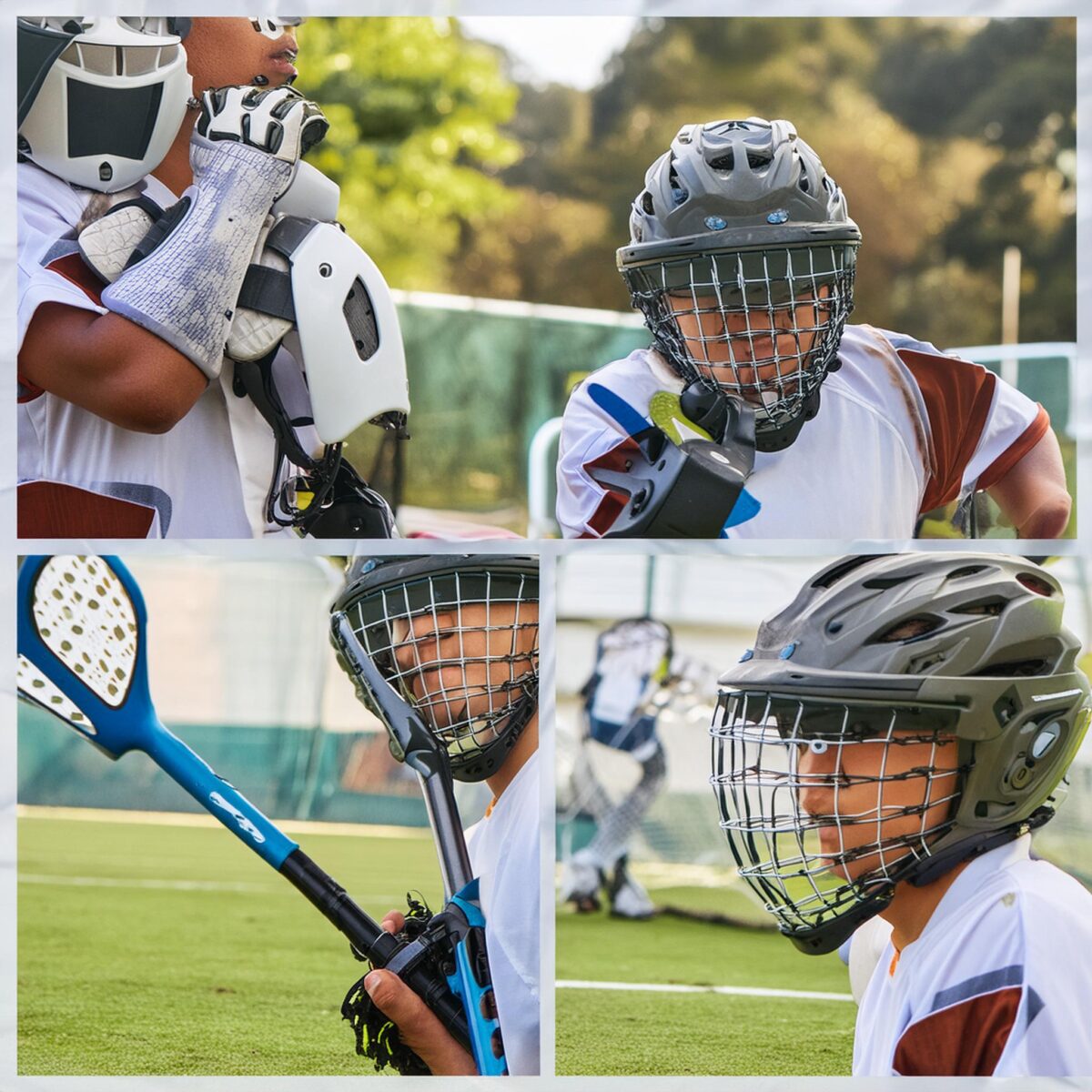Currently Owen Murray is a Junior Attack player for Quinnipiac University, who is facing a torn/sprained ACL and a double Meniscus tear with a slight MCL sprain. “It was non-contact, I planted my foot and my knee over extended and popped in the wrong way,” said Murray. Murray will be recovering for eight months, through physical therapy, strength training, stretching and regaining the muscle he lost. While his current and worst injury is non contact he has faced other less serious contact injuries. In the 2023 season Murray checked an opponent’s stick that resulted in his wrist bending back all the way tearing multiple ligaments leading him to need surgery. This injury was believed to be a result of lack of padding in the gloves. The players need mobility in their wrist to cradle the stick. However, there needs to be more padding to prevent their wrists from tilting back. A product allowing this level of mobility and protection has yet to be invented.
ACL tears are one of the most common serious injuries for the Quinnipiac University’s Women’s Lacrosse Team according to Junior Attack Player Katherine Meeks. “In October of my freshmen year I tore my ACL during practice, I was rolling around my defender and I planted and my cleat got stuck in the turf when my knee gave out and I heard a pop” said Meeks. When getting an MRI done and the results showed she tore her ACL and lateral meniscus.
Jesse Kohler was a previous division one lacrosse player for the Quinnipiac University Women’s Lacrosse Team and current lacrosse coach for York High School. During Kohler’s Junior year fall ball an opponent took a swing across her face after scoring. “I scored and turned and she took a baseball swing across my face and the game couldn’t go on because there was quite a lot of blood on the field” said Kohler. While this was illegal there was still no protection on her face to prevent a broken nose.
Joseph Lachase from Long Island New York has faced multiple injuries, some serious that he never got the proper treatment for. “The worst injury I have had was when I separated my shoulder. It happened when I collided with one person just going and looking in the complete opposite direction. We both fell but I took the worst of it and I landed on my shoulder and that never got better. It was a grade two so I had the option for surgery but it would have held me out for a while and I told them no because I didn’t want the setback from surgery”. Lachase thought that the risk of not being as good of a player post surgery was scarier than facing long term effects.
Most recently Alexa Hoskin was out for three months when she tore a ligament in her ankle and broke her fibula requiring surgery. “It happened in the second game of the season a girl pulled my jersey back and I lost my balance and my skate landed on the ice and my ankle pretty much snapped” said Hoskin. They had to put a plate and seven screws in her ankle making her to be non weight bearing for over seven weeks. Fortunately, the injury didn’t give her any setbacks skill wise but the idea of getting surgery made Hoskin still felt risky.
Lacrosse and Hockey are two of the most dangerous sports that may result in serious injuries. However, there is most often not a correlation between lack of equipment and injuries. The evidence given from Murray, Meeks, Kohler, Hoskin and Lachase show that is just the nature of the game. There can still be improvement of equipment to give players more padding and support so injuries like a torn ACL, meniscus or broken nose don’t happen as frequently.
Works Cited
Author links open overlay panelJoseph M. Bano a, et al. “Lacrosse-Related Injuries in Boys and Girls Treated in U.S. Emergency Departments, 2000–2016.” Journal of Sport and Health Science, Elsevier, 15 Aug. 2020, www.sciencedirect.com/science/article/pii/S2095254620301046#:~:text=An%20estimated%20206%2C274%20lacrosse%2Drelated,2016%20(p%20%3D%200.020).
Ephesians 5 on JSTOR, www.jstor.org/stable/community.32056305?searchText=ephesians+5&searchUri=/action/doBasicSearch?Query=ephesians+5&ab_segments=0/basic_search_gsv2/control&refreqid=fastly-default:9f3c94e332a27d79b70c24ca08e89c93. Accessed 1 May 2024.
Girls Lacrosse Rules Changes – 2024, www.nfhs.org/sports-resource-content/girls-lacrosse-rules-changes-2024/. Accessed 1 May 2024.
JSTOR Www.Jstor.Org, www.mpi.lu/fileadmin/_migrated/content_uploads/GUIDE_jstor_01.pdf. Accessed 1 May 2024.
“Lacrosse History.” USA Lacrosse, www.usalacrosse.com/lacrosse-history. Accessed 1 May 2024.
Martin, Chelsea, et al. “Initial versus Subsequent Injury and Illness and Temporal Trends among Professional Hockey Players: Published in International Journal of Sports Physical Therapy.” International Journal of Sports Physical Therapy, NASMI, 1 Feb. 2024, ijspt.scholasticahq.com/article/92309-initial-versus-subsequent-injury-and-illness-and-temporal-trends-among-professional-hockey-players.

